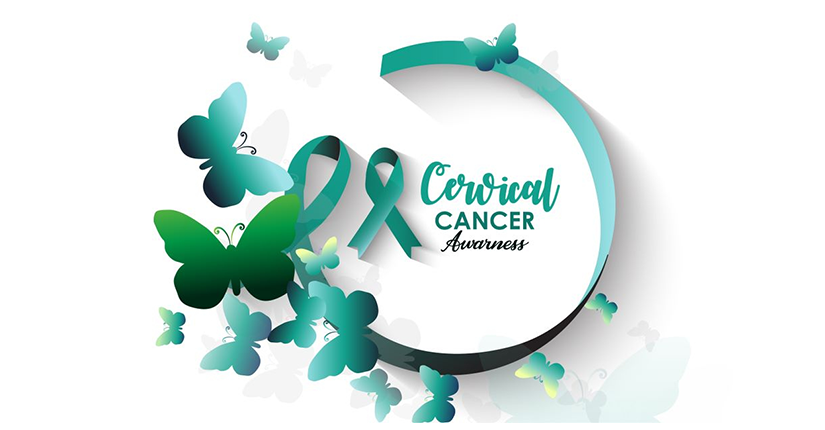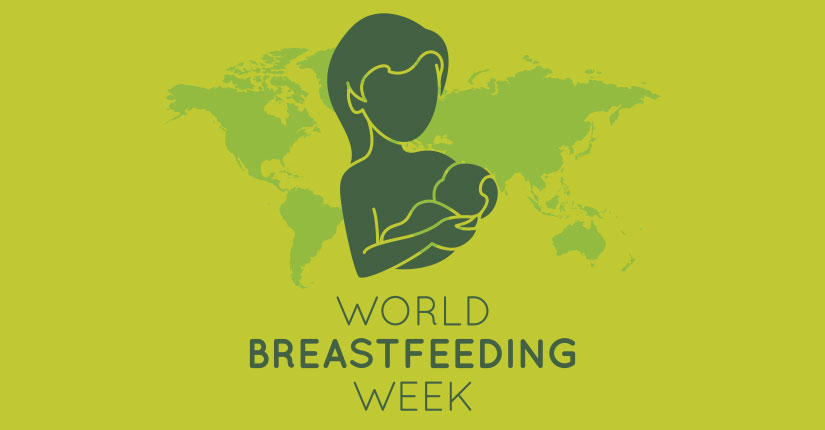Cervical health awareness month- What need to know about cervical cancer
By Nmami Agarwal 08-Jan 2021 Reading Time: 5 Mins

What Is Cervical Cancer?
This is a type of cancer that usually begins in cells on the surface of the cervix. It is shaped like a hollow cylinder which connects the lower part of a woman’s uterus to her vagina.
What are the symptoms of cervical cancer?
Usually, most women with cervical cancer (or any cancer) don’t realize they have the disease early on, because symptoms don’t appear until the later stages of cancer. When they do appear, they are easily mistaken for natural conditions like menstrual periods and urinary tract infections.
Typical cervical cancer symptoms include unusual bleeding during periods, after sex, or after menopause. Other symptoms include pain in the pelvis region and pain during urination.
What are the Causes of Cervical Cancer?
Majority of the cases of cervical cancer are caused by sexually transmitted diseases such as human papillomavirus (HPV). It’s the same virus that also causes genital warts.
There are 100 different strains of HPV, although only two can cause cervical cancer – HPV-16 and HPV-18.
However, being infected with a cancer-causing strain of HPV doesn’t necessarily mean you will get cervical cancer. Often within two years, the immune system eliminates the majority of HPV infections. It is a very common infection. HPV can also cause other types of cancer among men and women, which includes vulvar cancer, vaginal cancer, penile cancer, anal cancer, rectal cancer and throat cancer.
What are the stages of Cervical Cancer?
After you have been diagnosed with cervical cancer, your doctor will assign a stage. There are four stages of cervical cancer. Each one tells how far cancer has spread.
- Stage 1: It’s small cancer as it has only spread to the lymph nodes and not towards other parts of your body.
- Stage 2: The cancer is larger here as it may have spread outside the uterus and cervix, but still hasn’t reached other parts of your body.
- Stage 3: In this stage, cancer has spread to the lower part of the vagina or towards the pelvis region. Patients may experience blockage in the ureters, the tubes that carry urine. Still, cancer hasn’t spread to other parts of your body.
- Stage 4: The last stage of cancer where it may have spread outside the pelvis region to other organs like your bones, lungs, or liver.
What are the Treatments of Cervical Cancer?
This particular cancer is extremely treatable if you can catch it early on. The four major treatments for cervical cancer are surgery, radiation therapy, chemotherapy, and targeted therapy. More often than not, these treatments are combined to make them more successful.
How can you prevent yourself from getting Cervical Cancer?
One of the most common and the easiest ways to prevent getting this cancer is by getting screened weekly with a cervical smear or ‘hrHPV’ test. By screening, it can pick up pre-cancerous cells, to treat them before they turn into cancer.
As you already know, HPV causes most of the cervical cancer cases. HPV infection is preventable with vaccines like Gardasil and Cervarix. Vaccination is the safest option before an individual becomes sexually active. Both men and women can be vaccinated against HPV. You can also reduce the risk of having cervical cancer by limiting the number of sexual partners you have, by using a condom once you have vaginal, oral, or anal sex.
Over to you:-
Cervical cancer was once the number one cause for death among American women. Thankfully, this has changed since screening tests became widely available in the US and worldwide.





















